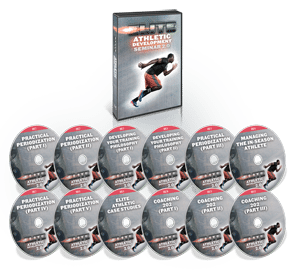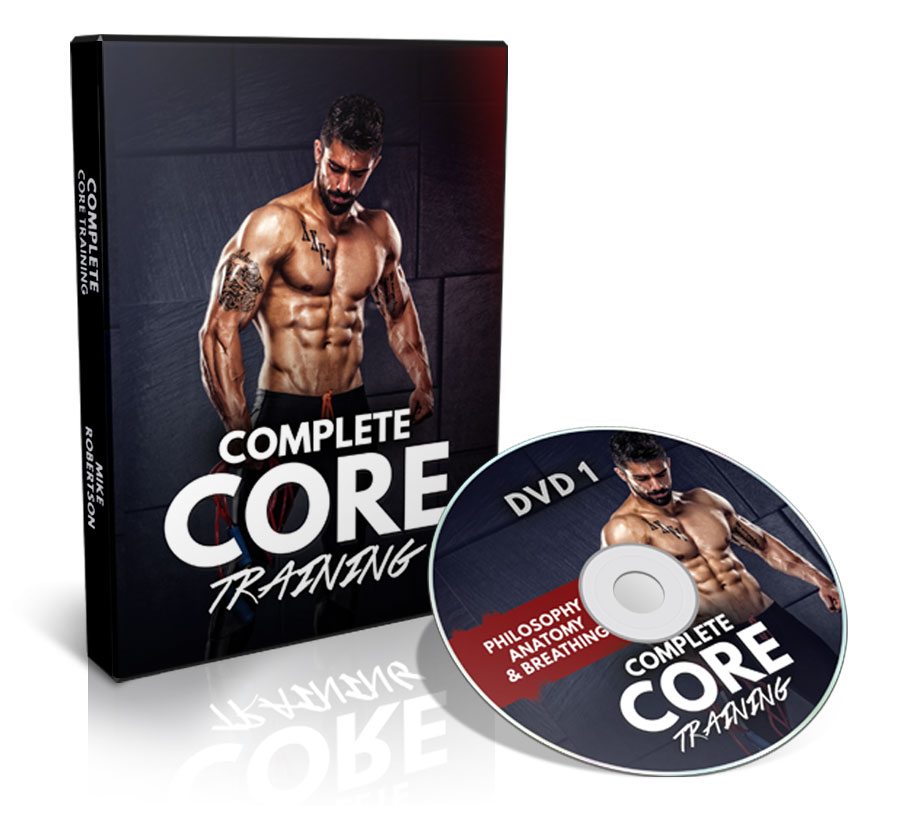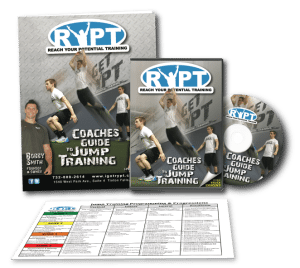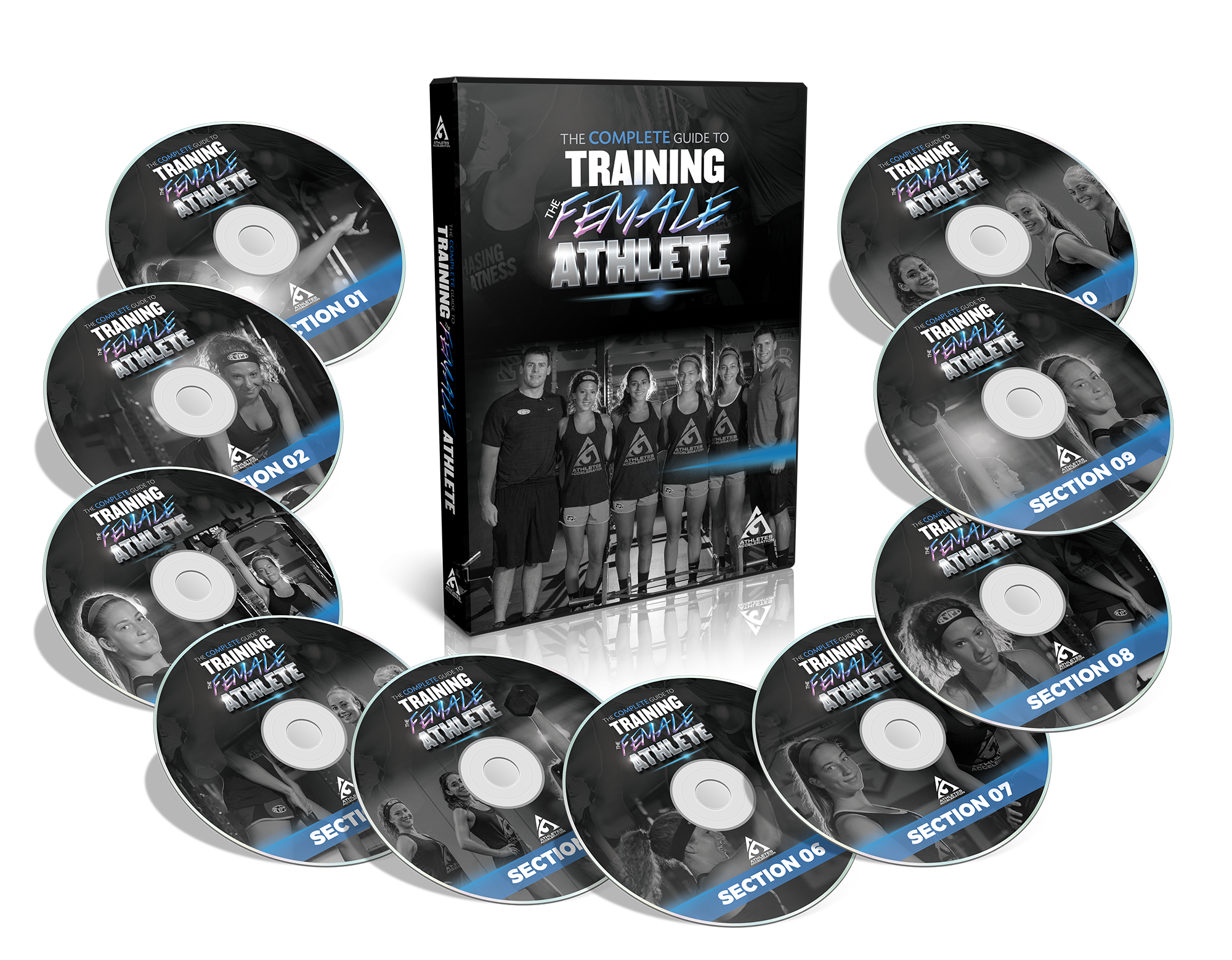Cash, E Sport Specialization 8/14
The Issue of Sport Specialization
Eric Cash, MS, SCCC
Head Strength and Conditioning Coach, Dorman High School
The past year of serving as a high school strength and conditioning coach has been refreshing and eye opening. I honestly believe there is no better level in which a strength and conditioning coach can impact the physical and mental development of an athlete than the high school and middle school settings.
Sport Specialization
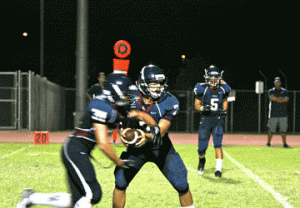
Sport specialization in youth and high school athletics is an issue that continues to garner attention. Sport specialization in this case is defined as an athlete who chooses one sport and all aspects involved with that sport, while neglecting participation in other sports. The decline of the multisport athlete and increase in overuse injuries can also be attributed to the growing trend of sport specialization. This article will not present research findings, but rather present observations and ideas drawn from a year’s experience of working with high school and middle school athletes. While there are numerous societal factors that fuel sport specialization (we can save those for later discussion), my goal is to present some avenues for strength coaches, parents, or sport coaches to help confront sport specialization and overuse injuries.
Confronting the Issue
First coaches, parents, and decision makers must acknowledge there is an issue with sport specialization if the problem is to be rectified. Once an athlete begins his/her career as a varsity or collegiate athlete, the odds are that athlete has participated in some sort of year round sport play from an early age. As a college coach, I was aware of the issue, but was never on the front lines. This past spring, one of my strength classes consisted of mostly our volleyball team. Below is their training and practice regimen from January through AAU nationals in June:
Jan thru April
- M-W-F Lift during Class, T-TH Change of Direction and Acceleration Development During Class
- Club Team Practice two to three time per week
- Club change of direction and speed work two times per week before practice
- Tournaments on the weekends
May
- M-W-F Lift during Class, T-TH (Free Time/Recovery—altered change of direction due to their schedule)
- After school Varsity Practice M-TH
- Evening Club Team practice three time per week
- Club change of direction and speed work two time per week before practice
- Tournaments on the weekends
June
- M-T-TH Lift
- Varsity Practice M-T-TH
- Club Practice three days per week
- Club Tournaments
- Club Sand Volleyball Tournaments
The above schedule illustrates the demands of the sport of volleyball, but what is not shown presents another issue—overtraining. During the time frame presented, the multisport athletes that play softball were participating in AAU volleyball practice during softball season.
In June, the volleyball players that were practicing basketball participated in AAU volleyball. A few questions about the schedule presented:
1. Who has time for more than one sport?
2. When do athletes rest and recover?
3. How can there not be an increase in overuse injuries?
This is only a sample from my experience, but one can assume there are similar situations occurring in other high schools across the country.
Combating Sport Specialization
Communication
At the high school, college, and pro level there are numerous outside influences pulling athletes in too many directions. Of course, one of those directions is the strength and conditioning (S/C) coach. You, the S/C coach must remember that athletes who train in your weight room are under your care, and it is your job to do what is best for those athletes. That may mean checking your ego at the door, and being the educated coach that can change and be open minded to benefit the athlete.
After spring break, I noticed my volleyball athletes were sluggish, which led to an enlightening conversation. Once I discovered that our volleyball athletes were doing speed and agility work, not only with me, but with club teams; I phoned every club coach of my athletes in order to talk training and scheduling. While I may not have received my desired response, I knew I needed to reach out and in the end make some programming changes to help my athletes.
The club teams were using their speed and agility programs as recruiting tools and would not guarantee that we could work a schedule to coordinate training days. While I feel that my agility program could be a greater benefit to my volleyball athletes, in the interest of the athlete I decided to take out speed and agility training during school strength and conditioning classes.
Education
Through communication with athletes, parents, and coaches; educated decisions can be made about the future athletic development of athletes. Parents want what is best for their child, whether it is a full athletic scholarship or just the athletic experience. In today’s society there is often a disconnect between children and parents, too much texting and not enough talking, that results in a loss of information.
Parents should know all that their student athlete is doing in relation to training, practicing, and games, and the toll that this amount of activity can take. If parents truly understand the demands being placed on their children from a year round sport, perhaps parents would let off the throttle.
When dealing with high school, club, and youth league coaches, there is a great need for a general understanding of exercise science. At the high school level, often coaches are just thrown into sports with no prior experience. Youth coaches coach because their children play, but usually lack foundational knowledge. The S/C coach can help bridge this gap by offering clinics and having an open door policy. I think of the saying “it only takes one match to start a forest fire.” If one or two coaches have a positive experience, word will spread and more coaches will want to be involved. Now you are equipped with an army of allies that can help with the development of athletes.
S/C coaches have to be dialed in to physical and mental changes that can occur with athletes. Educate athletes about injury trends and causes of those injuries. The more conscientious an athlete is about their development, the more likely he/she will consider notions such as overtraining, sport specificity, rest, training protocols, and a multitude of other facets involved in their current and future athletic careers.
Block Zero

As S/C coaches, one of our main goals is to develop the athlete. Sport specialization places a hindrance on overall athletic development. Athletes that continue to participate in only one sport may be increasing the likelihood of injuries resulting from overuse or repeated movements in the same patterns. Often knee injuries are non-contact injuries. By limiting repeated movements and allowing the athlete to experience more angles, twists, and planes of movement at an early age, injuries resulting from random foot plants or twists may be reduced.
This past spring, we integrated our Block Zero program in all three of the district middle schools; rising 7th and 8th graders. Last summer, we utilized a scaled down version of speed and agility for youth league boy athletes. With the help of our youth league director, this summer we have a full scale Block Zero Agility session twice a week for ALL (boys and girls) 8u, 10u, and 12u athletes in our school district. The trick to implementation was communication.
Through our youth league director and a local physical therapist, I was introduced to a local sports performance coach in the private sector that recently moved into the area. His goal was to recruit clients; my goal was to get my future athletes moving in all kinds of directions and encourage free play. By opening the lines of communication I was fortunate to gain an ally in my pursuit of athletic development for our young athletes. As far as the structure of this initiative, it consisted of: warm up, 5 cone drill stations, free play.
Warm Up
- Athletic Position
- Dynamic Movements (walking toe touches, skips, shuffles)
- Body Weight Strength Movements (Lunges, Push Ups, etc.)
Cone Drills
- Monday—5 Drills
- Thursday—5 Drills
Note—number one concern with cone drills—don’t teach them how to run the drill for fast times!!!! The goal of our cone drills is to have kids change direction as many ways as possible, not to “teach the test.”
Free Play
- Flag Football
- Ultimate Frisbee
- Tag Games
- Etc.
To combat the decline of athletic development I utilize Block Zero in my programming. Year round sport for young athletes has taken childhood activities like free play out of the picture.
As discussed in previous articles, Block Zero aims to introduce the athletic position and basic strength movements to help protect the athlete. Critics may claim that adding Block Zero programming to an already hectic and demanding schedule may have as much of a negative effect as continued sport specific activities. I argue the opposite, and hope to further develop Block Zero programming at the youth level as well introduce Block Zero into local travel and club team athletic activities.
Conclusion
Athletics can serve as one of the greatest platforms to teach and educate athletes about hard work, team work, loyalty, character, perseverance, etc. However, the current trend of sport specialization threatens the health of athletes. Additionally, athletes can reach the “burnout” stage where they lose complete interest in the sport they have been driven to play for so long.
Overuse injuries are on the rise at alarming rates and the lack of holistic athletic development from multi-sport participation can lead to injuries that could possibly be prevented. Block Zero programming is just one avenue to equip athletes with the tools to help prevent injuries. Communication and education are paramount moving forward in dealing with the issue of sport specificity.


